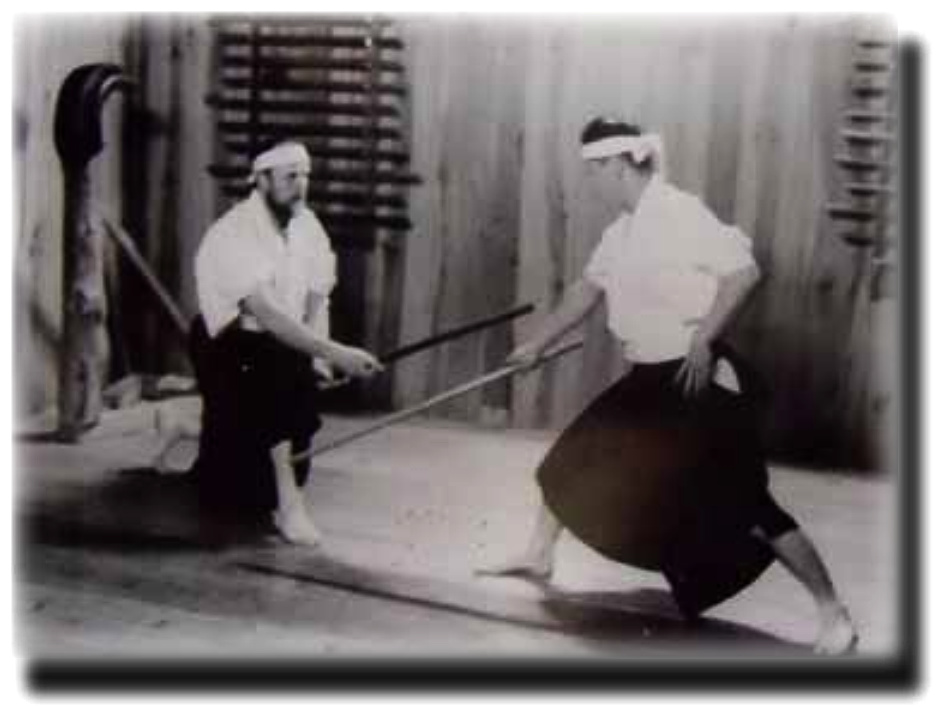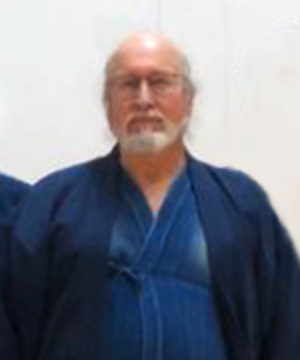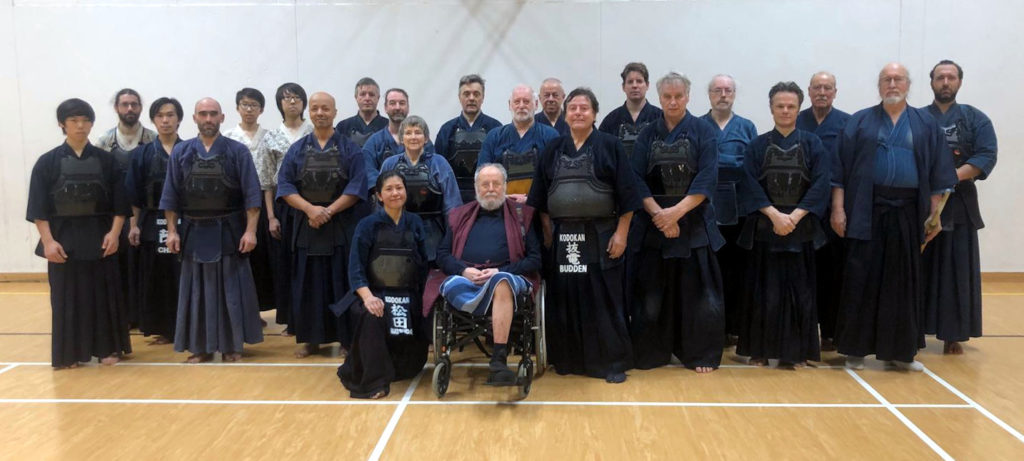Now available to download, this powerful essay by Roald Knutsen sensei examines traditional Japanese martial arts based on the theory of beauty discussed by William Hogarth in his book The Analysis of Beauty, published in 1753.

The Line of Beauty:
Notes on the Intangible in Kendō, Iai-jutsu and the Traditional Bugei
by Roald Knutsen.
Japanese translation by Ogino Kinuyo & Phillip Jupp.
Edited by Nakano Tomoko, Matsuda Kazuyo & Nakao Masashi.
The essay, in Japanese and English, can be downloaded here.
After many years trying to introduce traditional Budō to Western students and through long teaching by many Japanese sword masters, all of whom had themselves been instructed by former kenshi, we have long thought of passing the teaching on, just in case it will help a few students forwards on their personal paths to some degree of enlightenment. Maybe our thoughts are correct, maybe they are not, but at the very least we have tried.
Roald Knutsen



